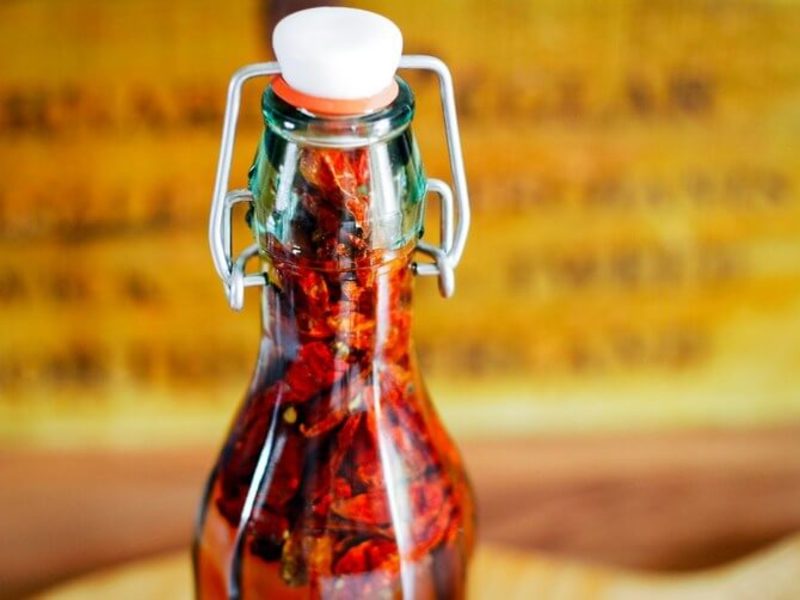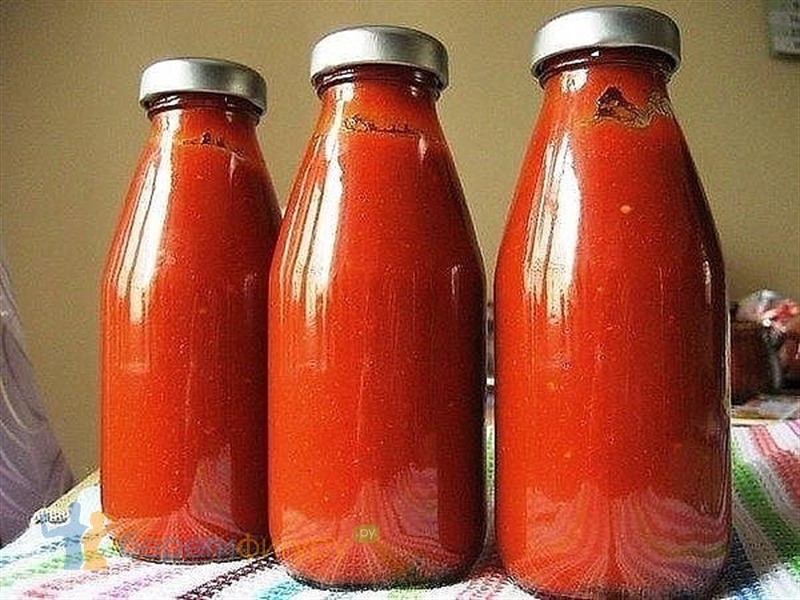The Allure of a Bottle of Ketchup: From Condiment Staple to Cultural Icon
Introduction:
The humble bottle of ketchup has become an iconic symbol in the world of condiments, gracing the tables of countless households and restaurants worldwide. This seemingly simple yet versatile condiment offers much more than just a flavor enhancer for dishes. Its journey from a Chinese fermented fish sauce to the globally recognized tomato-based delight we know today is a fascinating tale of evolution and innovation. In this article, we explore the history, ingredients, manufacturing processes, and cultural impact of the beloved bottle of ketchup.
I. Historical Evolution of Ketchup:
Ketchup’s origins can be traced back to ancient China, where a fermented fish sauce called “ke-tsiap” was created. This sauce made its way to Malaysia and Indonesia, incorporating new ingredients like soybeans along the way. European explorers in the late 17th century encountered the sauce and brought it back to their home countries.
A major shift in ketchup’s composition occurred when tomatoes were introduced as a primary ingredient during the 19th century, transforming it into the tomato-based condiment we know today. It was in the United States that ketchup gained immense popularity, particularly due to the efforts of entrepreneurs such as Henry J. Heinz, who revolutionized its production and packaging.
II. Ingredients and Variations:
Despite its traditional association with tomatoes, the ingredients used in ketchup can vary from brand to brand. The base typically consists of tomato puree or concentrate, vinegar, sugar, salt, and various spices. However, innovative variations have emerged, including green and fruit-based ketchup, catering to diverse tastes and dietary preferences.
III. Manufacturing Process:

Producing a bottle of ketchup involves several key steps. The tomatoes are harvested and processed into a puree or concentrate before being combined with vinegar, sugar, and spices. The mixture is then cooked, strained, and passed through a series of heating and cooling stages to ensure the preservation of flavor, texture, and consistency. Once the product has reached the desired quality, it is bottled and sealed to maintain freshness.
IV. Market Dynamics and Leading Brands:
The ketchup market is characterized by intense competition, with multinational giants, such as Heinz, dominating the industry. However, numerous smaller players offer unique flavors and artisanal variations, catering to consumers seeking a more personalized experience. The market has also witnessed a rise in healthier alternatives, catering to health-conscious individuals who seek ketchup with reduced salt or sugar content.
V. Cultural Significance and Culinary Applications:
Ketchup’s cultural impact is deeply intertwined with its extensive use in various cuisines around the world. From burgers and fries in American fast-food culture to savory street food in Asia and traditional British fish and chips, ketchup has permeated diverse culinary traditions. Its unique combination of tanginess and sweetness adds depth and flavor to an array of dishes.
Furthermore, ketchup has transcended its conventional culinary role and become a cultural symbol. Its distinctive bright red color, iconic glass or plastic bottle, and unmistakable taste have all contributed to its recognition and presence in popular culture, including references in literature, movies, and advertising campaigns.
VI. Sustainability and Packaging Innovations:
As consumer awareness around sustainability grows, brands have started exploring eco-friendly alternatives to traditional ketchup packaging. Some companies are shifting towards recyclable or compostable packaging materials, reducing plastic waste, and embracing sustainability initiatives throughout their supply chains. These efforts aim to align the beloved condiment with evolving consumer expectations.
Conclusion:
The bottle of ketchup, derived from ancient Chinese origins, has transformed into a universally recognized condiment that provides much more than a burst of flavor. It encapsulates centuries of culinary evolution, technological advancements, and cultural significance. From its initial journey across continents to its continued popularity in modern times, the ketchup bottle represents a point where tradition and innovation meet, tantalizing taste buds and leaving an enduring mark on our plates and culinary experiences.I. The Competitive Landscape:

The ketchup industry is highly competitive, with several key players vying for market share. Heinz, owned by Kraft Heinz Company, dominates the market, accounting for a significant portion of global ketchup sales. Other major players include Hunt’s, Del Monte, French’s, and Sir Kensington’s. These companies engage in marketing campaigns, product innovation, and distribution strategies to maintain their position in the industry.
II. Marketing and Advertising Strategies:
Successful ketchup brands focus on effective marketing and advertising strategies to create a strong brand image and connect with consumers. Advertisements often emphasize the product’s quality, versatility, and ability to enhance everyday meals. Brands also leverage endorsements from celebrity chefs or social media influencers to increase their reach and appeal to target demographics.
III. Packaging Innovation:
The bottle design plays a crucial role in capturing consumer attention and ensuring convenience. Traditional glass bottles have given way to plastic squeeze bottles, which offer ease of use and durability. Packaging innovations also include inverted bottles, which allow for easier pouring, and single-serve packets for on-the-go use. Companies continue to explore sustainable packaging options to reduce environmental impact.
IV. Product Innovation and Health Consciousness:
As consumers become increasingly health-conscious, ketchup manufacturers have recognized the need to adapt their products to cater to changing dietary preferences. Many brands now offer organic and low-sodium alternatives, appealing to health-conscious individuals. Additionally, the rise of plant-based diets has led to the development of vegan-friendly and gluten-free ketchup variants.
V. Private Label Brands:
Private label ketchup brands, produced and sold by retailers under their own names, have gained popularity in recent years. These brands offer a more affordable alternative for budget-conscious consumers without compromising on taste or quality. Retailers can leverage their established customer base and distribution networks to compete with national brands.
VI. International Market Expansion:

The popularity of ketchup extends far beyond North America, with manufacturers targeting international markets to drive growth. Asian countries like China, Japan, and India present significant opportunities due to their large populations and increasingly westernized diets. Localization efforts, such as introducing unique flavor profiles and packaging adaptations, are critical to success in these markets.
VII. Foodservice Industry and Bulk Packaging:
The foodservice industry, including restaurants, hotels, and catering businesses, represents a major segment for ketchup manufacturers. Bulk packaging, such as gallon-size containers or dispensing options for commercial kitchens, are designed to cater to the demands of this sector. Establishing strong relationships with foodservice distributors is crucial for brands looking to tap into this market.
VIII. Co-branding and Collaboration:
Co-branded efforts and collaborations with other food companies have become a popular strategy for ketchup brands to create unique products and expand their reach. For example, partnerships between ketchup brands and fast-food chains often result in limited-edition sauces that appeal to loyal customers and generate excitement around the brand.
IX. Technological Advancements in Production:
Manufacturers continually invest in technological advancements to improve the production process and ensure consistency in quality. Automated systems for tomato processing, mixing, and bottling streamline operations, increase efficiency, and reduce costs. Quality control measures, such as sensors and computerized systems, help maintain product standards and meet regulatory requirements.
X. Export Opportunities and Global Trade:
Ketchup manufacturers leverage global trade opportunities to expand their market presence and reach new consumers. Free trade agreements and favorable import/export policies enable manufacturers to source ingredients and reach markets efficiently. Participation in international trade shows and exhibitions facilitates networking and the establishment of valuable business connections.
XI. Research and Development:

To stay ahead in a competitive landscape, ketchup manufacturers invest in research and development efforts to continuously improve their products. This includes exploring new flavor variations, enhancing nutritional profiles, and incorporating emerging food trends into their offerings. Collaboration with culinary experts and consumer feedback play significant roles in driving innovation.
Conclusion:
The bottle of ketchup has evolved from a simple condiment into a global icon that transcends borders and cultures. As the market continues to grow and evolve, businesses in the ketchup industry must adapt to changing consumer preferences, embrace sustainability initiatives, and leverage technological advancements to stay ahead. Expanding into new markets, collaborating with other brands, and investing in research and development are key strategies for success. By understanding the competitive landscape and catering to evolving trends, ketchup brands can continue to delight consumers and maintain their place as a staple in households and restaurants worldwide.









